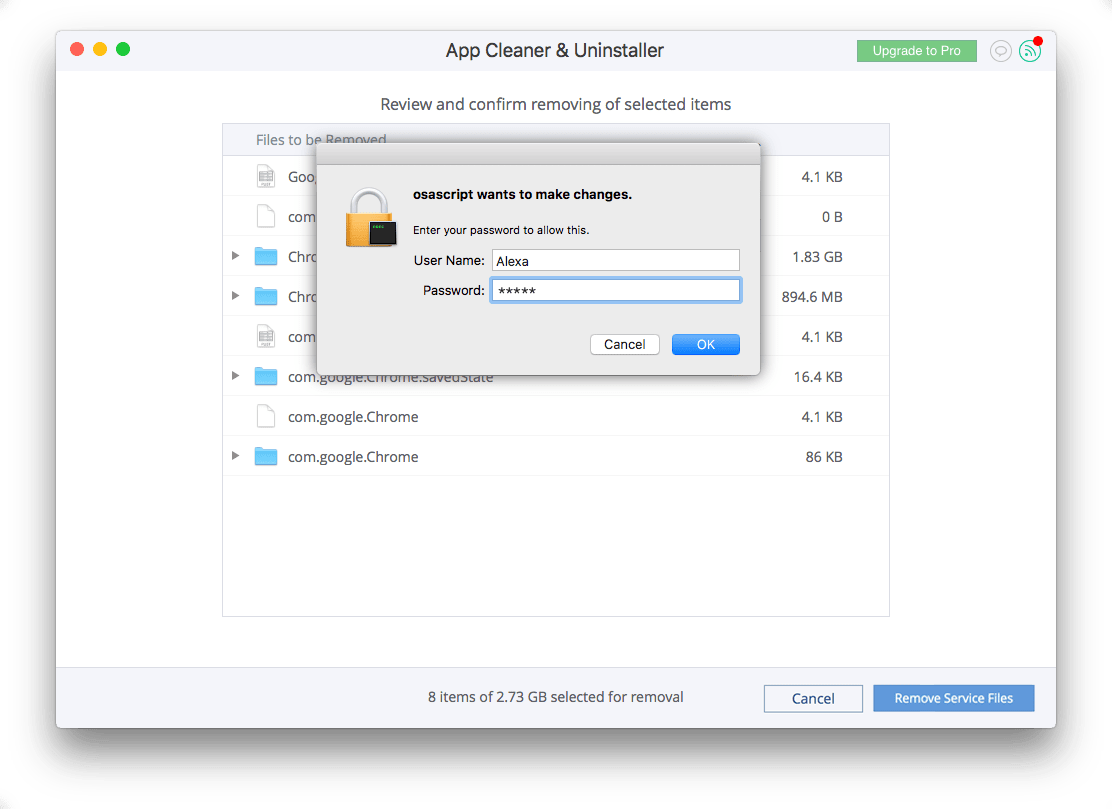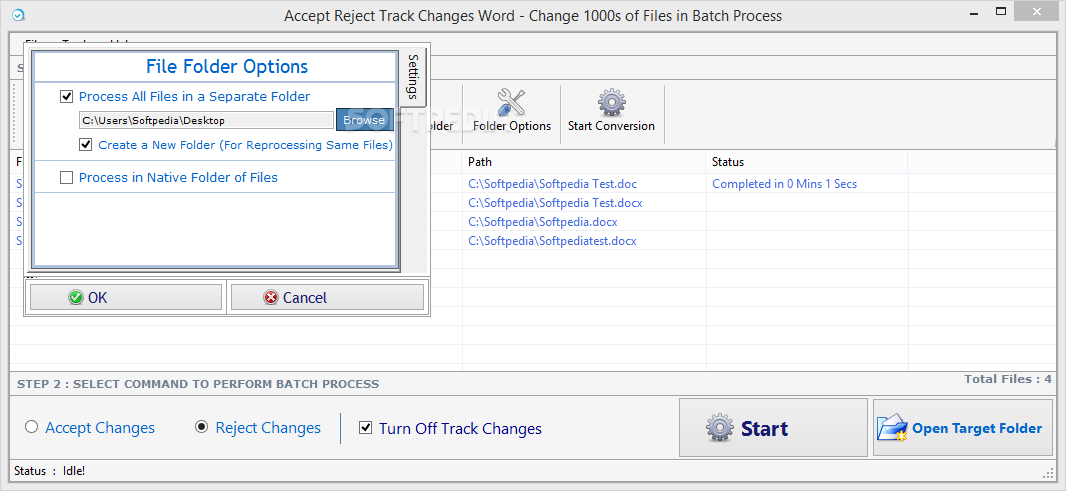Free App Uninstaller For Mac
Click to expand.Leaving behind files is not necessarily a bad thing. Some applications install things that are also used by other applications; if you trash that framework, component, kext, etc you may bork something else. Generally you are safe using either the application's uninstaller (first choice), or dragging to the trash (Apple's method). Developers know that dragging to trash is the Apple Way, and that means that if they are behaving themselves that once that application is trashed it's gone. No more problems, if that's why you're chucking it. It may leave a few kb's of prefs, or a receipt, or whatever behind but only an anal retentive would care.
CleanMyMac X knows how to deal with unwanted apps on Mac. Its Uninstaller tool helps you completely uninstall applications on your Mac system. Clean your Mac hard drive now to get more free space on your or MacBook Pro or MacBook. To uninstall Office for Mac 2011 move the applications to the Trash. Once you've removed everything, empty the Trash and restart your Mac to complete the process. Before you remove Office for Mac 2011, quit all Office applications and make sure there's nothing in Trash that you want to keep. AppCleaner is a free uninstaller for Mac that searches for and lets you delete all the settings, caches and other junk files programs you delete that would otherwise remain.
It's not worth the hassle, and possible risk, of tracking all that down to trash it unless it's something that is creating a problem (which means the developer was misbehaving). I DO use AppCleaner however.

But usually NOT for application removal. I use it because it's a very very handy way to find the files associated with an application. Using Spotlight for this purpose is often ineffective, since it doesn't index these, and EasyFind or Find Any File are great, but only if you know the name to search. And sometimes that isn't obvious. Once I find what I want with AppCleaner it's easy to delete caches, certain application support files, or prefs. And it gives the path if I just wanna go look at it. Best text editor on mac. Others might find it useful for the same reason.
Click to expand.In the vast majority of cases, apps do not install components that are used by other apps. Complete removal of an app rarely affects the functionality of other apps, especially those that are installed by simply dragging the app to the Applications folder.
If leaving behind files isn't a problem for a user, then simply dragging the.app file to the trash is sufficient to uninstall an app, with no other action required. The primary motivation to completely remove an app is to recover drive space. If that is the case, many of the apps like AppZapper or AppCleaner will remove small files like.plist files (which can't hurt anything if left behind and take up very little space), but frequently leave behind much larger files that consume precious drive space.  I DO use AppCleaner however. But usually NOT for application removal. I use it because it's a very very handy way to find the files associated with an application. Using Spotlight for this purpose is often ineffective, since it doesn't index these, and EasyFind or Find Any File are great, but only if you know the name to search.
I DO use AppCleaner however. But usually NOT for application removal. I use it because it's a very very handy way to find the files associated with an application. Using Spotlight for this purpose is often ineffective, since it doesn't index these, and EasyFind or Find Any File are great, but only if you know the name to search.
And sometimes that isn't obvious. Mac os for dummies. Once I find what I want with AppCleaner it's easy to delete caches, certain application support files, or prefs.
And it gives the path if I just wanna go look at it. Mp4 video repair for mac. Others might find it useful for the same reason. Click to expand.Therein lies the problem with such apps.
AppCleaner and others do not identify all files associated with an app. See the links in my earlier post for the results of testing I've done with many of these apps over the years.
Best App Uninstaller For Mac
Spotlight does index everything on your drive, unless you've specifically changed it so it doesn't. However, it doesn't reveal system or hidden files in a Finder (not Spotlight) search unless you specify those.
Again, see the link I posted for details of these searches. As I said before, if you just want to delete the app, and don't care about drive space being consumed by leftover components, you can drag the.app file to the trash or run the uninstaller, if one is provided.